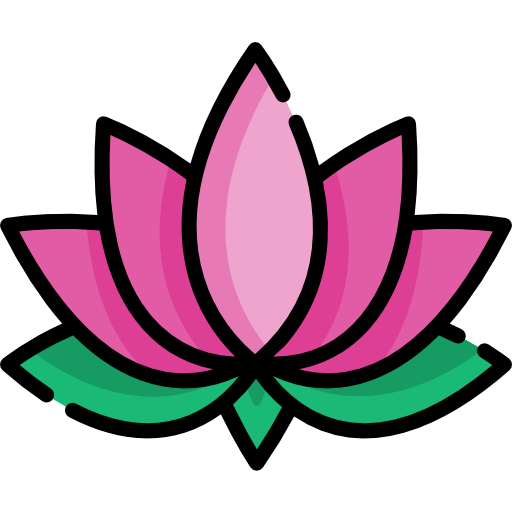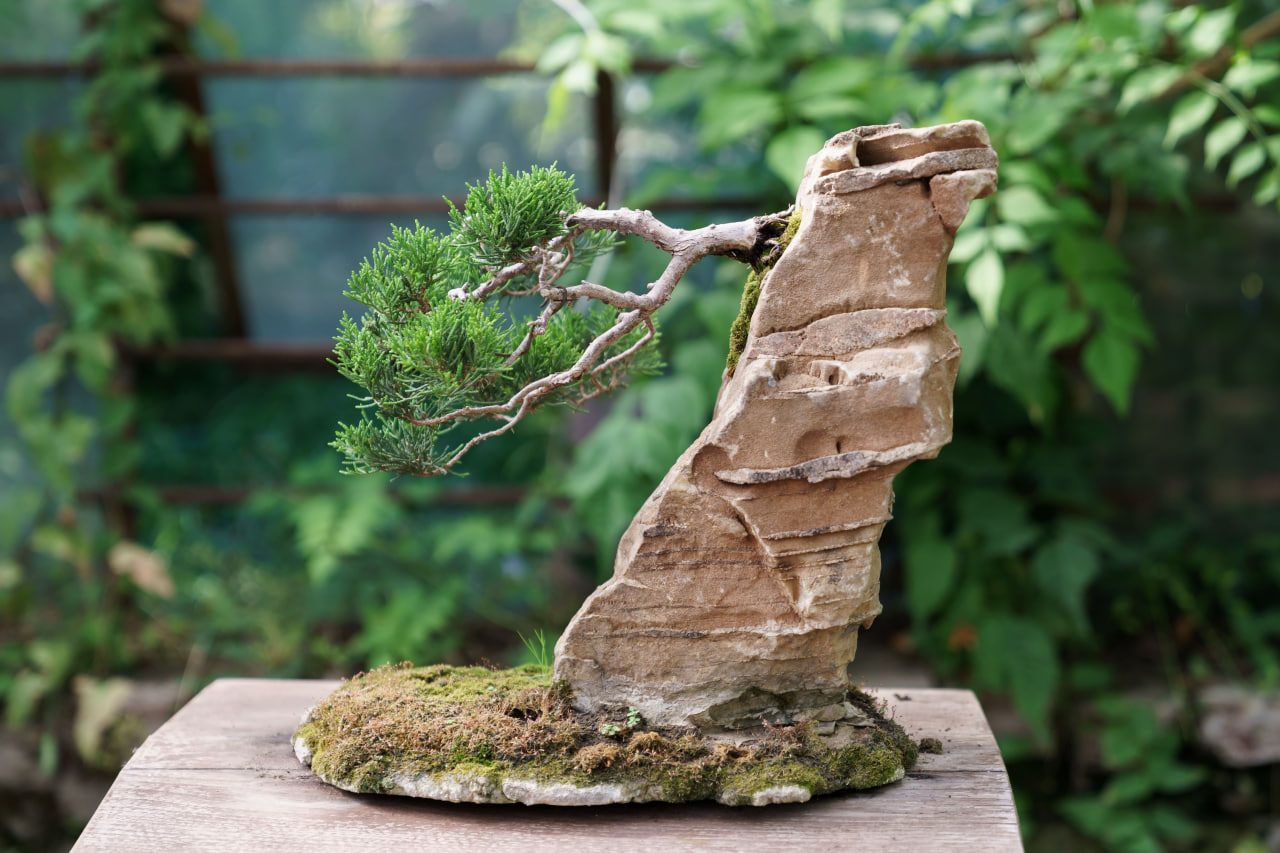Ikebana, the Japanese art of flower arrangement, is far more than simply placing flowers in a vase. It is a disciplined practice that embodies harmony, balance, and deep spiritual meaning. Rooted in centuries-old traditions, Ikebana teaches us to appreciate nature, embrace simplicity, and find beauty in imperfection.
The Philosophy Behind Ikebana
Unlike Western floral arrangements that focus on fullness and color, Ikebana follows a minimalist approach. Each element—branches, leaves, flowers, and even empty space—carries significance. The composition reflects the harmony between humans and nature, often following a three-point structure symbolizing heaven, earth, and humanity.
Ikebana as a Meditative Practice
Creating an Ikebana arrangement requires patience and mindfulness. The process encourages slow, deliberate movements, helping practitioners cultivate a sense of tranquility. By focusing on the natural curves of a branch or the subtle asymmetry of a flower, one can achieve a meditative state, promoting relaxation and inner peace.
The Role of Seasons in Ikebana
Seasonality plays a crucial role in Ikebana. Traditional arrangements often feature seasonal flowers and branches that reflect the passage of time. This connection to nature reminds us of life’s constant changes and the beauty found in every stage of growth and decay.
Conclusion
Ikebana is more than an art—it is a way of seeing the world with a new perspective. By practicing Ikebana, we learn to slow down, appreciate the simple beauty around us, and find harmony within ourselves. Whether you are a beginner or an experienced artist, Ikebana offers a path to creativity, mindfulness, and a deeper connection with nature.





